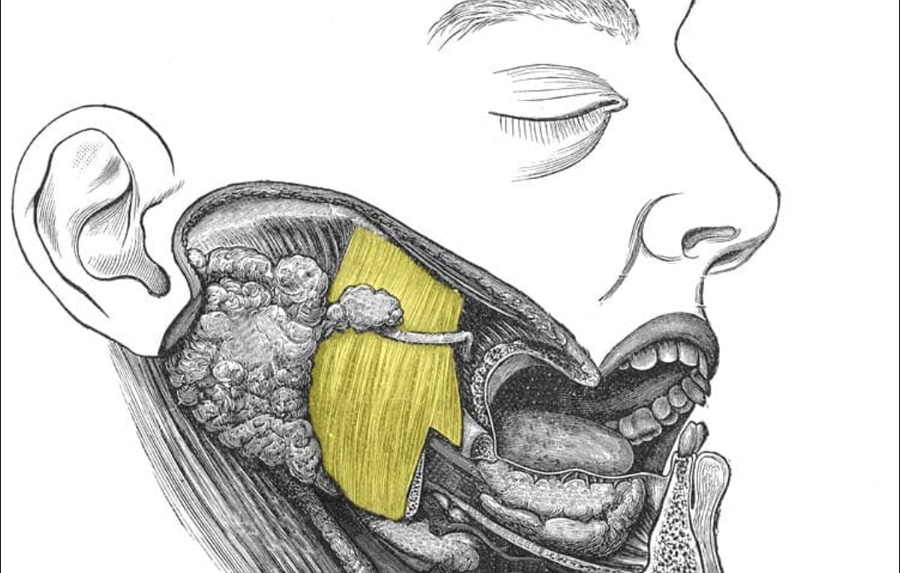
#Industry News
Understanding Oral-Facial Muscle Function
Oral-Facial Muscle
What is Oral-Facial Muscle Dysfunction?
Oral-facial muscle dysfunction refers to a disruption in the coordinated functioning of the muscles associated with the face and mouth, which can have a direct or indirect impact on various aspects such as chewing, swallowing, speech, bite alignment, temporomandibular joint (TMJ) movement, facial aesthetics, and facial bone growth. Common examples include mouth breathing and abnormal swallowing patterns.
What Defines Normal Oral-Facial Muscle Function?
A standard assessment of oral-facial muscle function involves observing several key indicators. In a normal evaluation, the chin, nose, and lips align in a straight line, the facial profile appears harmonious, the eyes are vibrant, nostrils open adequately, and the posture of the head, neck, and body is erect. Ideally, healthy oral-facial muscle function comprises the following:
1. Nasal Breathing
2. Natural Lip Closure
3. Appropriate Resting Jaw Space
4. Tongue Position
5. Relaxed Facial Muscles
6. Correct Chewing and Swallowing Patterns
What is Oral-Facial Muscle Function Treatment?
Oral-facial muscle function treatment is a multidisciplinary approach aimed at assessing, diagnosing, preventing, and treating patients with abnormal oral-facial muscle function, which includes aspects like breathing, sucking, chewing, swallowing, and speech. The goal is to re-educate the nerves and muscles of the oral and facial regions, promoting normal craniofacial development and the harmonious functioning of the oral and craniofacial systems.
How Is Oral-Facial Muscle Function Therapy Typically Conducted?
Behavioral modification methods are commonly employed in oral-facial muscle function therapy. These methods involve making individuals aware of their oral-facial habits, emphasizing the importance of proper head and neck posture, and gradually eliminating detrimental oral habits through muscle training. Patients are guided to acquire correct chewing, breathing, and swallowing patterns as they progress through therapy.






